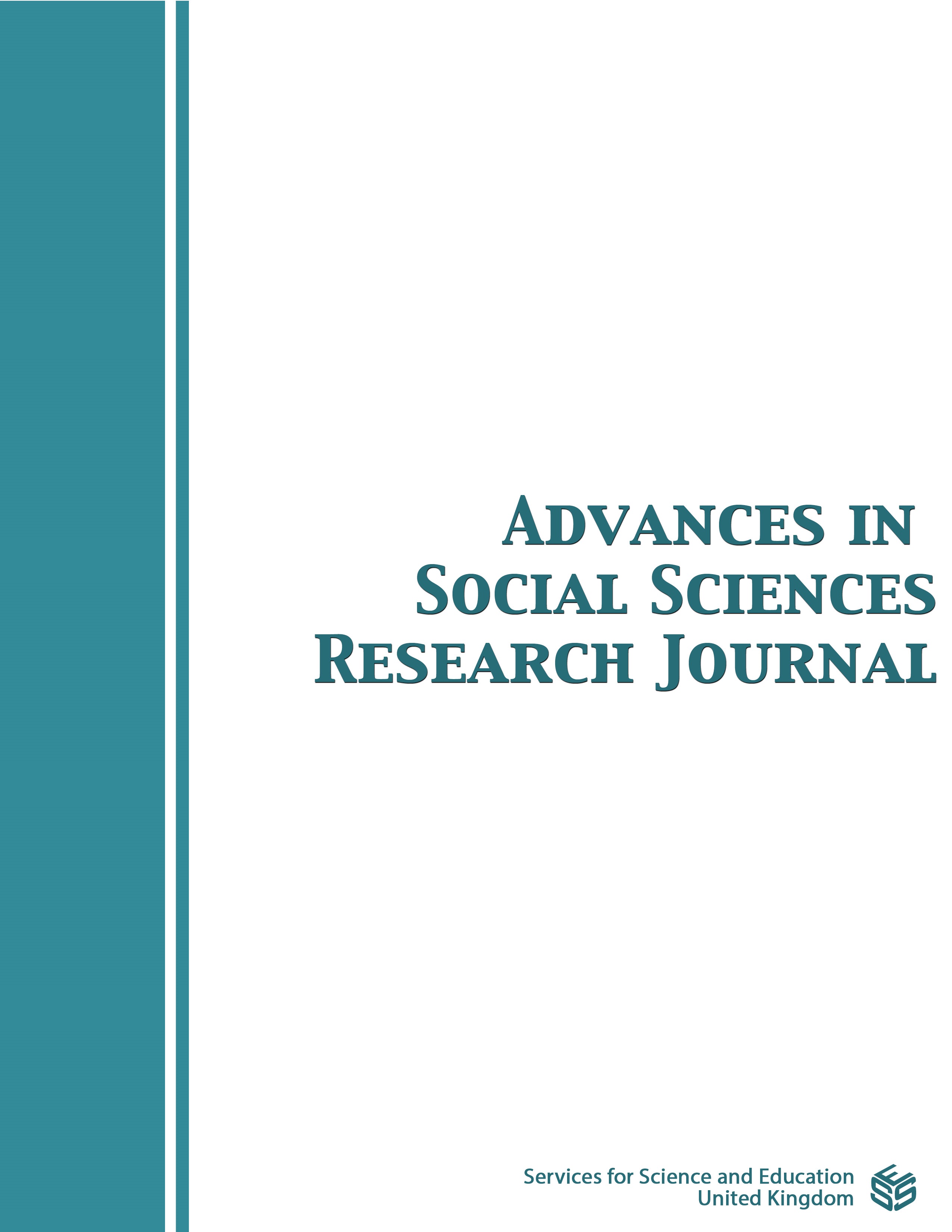Entrepreneurial Attitudes, Intentions and Motivations among University Students in the National Capital Region
DOI:
https://doi.org/10.14738/assrj.102.12102Abstract
Utilizing the descriptive-comparative and descriptive-correlational research designs, the researcher employed a questionnaire as the principal tool in gathering data from 518 college students enrolled in the business program of the different universities in the National Capital Region (NCR) during the school year 2014-2015 through a convenience sampling. The findings of the study revealed that majority of the university college students belonged to the 20 years old group, were females, born in the middle sibling order, had parents who reached college, and had an average monthly income ranging from P30,000 and above, and whose families were self-employed, and had previous entrepreneurial family experience. The study indicated that the respondents had a positive attitude towards entrepreneurship. The respondents were found to have high entrepreneurial intentions. For the push factors that motivate respondents to become entrepreneurs, the respondents were much affected by the different push factors, while the pull factors were not very important to them. The study also found that the exogenous factors hindering the respondents’ intention of becoming entrepreneurs will be serious problem to the respondents if they enter the world of entrepreneurship and these will bother them a lot especially upon starting a business, and so do the endogenous factors. Furthermore, the study found the following: a) that there was a significant difference between gender and entrepreneurial attitudes as manifested by the p- value of 0.000 which is less than 0.05 or 5%; b) that there was a significant relationship between the entrepreneurial attitudes and intention of the respondents as manifested by the p-value which is -0.169 and verbally interpreted as very low correlation and with the p-value = 0.000 which is less than 0.05 or 5%, thus, led the researcher to reject the null hypothesis (Ho); c) that there was no significant relationship between entrepreneurial intentions and motivational factors as manifested by the p-value of 0.505 and 0.611 which were higher than 0.05 or 5 percent; d) that in terms of pull factors, the entrepreneurial intentions do not affect the motivational factors or the other way around; e) that the push factors or the motivational factors do not affect the entrepreneurial intentions of the respondents. This means that even if how good are the entrepreneurial intentions, there is a possibility that motivational factors will not be good and vice versa; f) in terms of exogenous factors, the entrepreneurial intention and hindering factors do not significantly relate with one another as manifested by the r- value of 0.075 and also p-value of 0.870 which is greater than 0.05 or 5 percent; and g) when endogenous factors were considered, a significant relationship exists between the entrepreneurial intention and hindering factors.
Downloads
Published
How to Cite
Issue
Section
License
Copyright (c) 2023 Miguel E. Mangada

This work is licensed under a Creative Commons Attribution 4.0 International License.
Authors wishing to include figures, tables, or text passages that have already been published elsewhere are required to obtain permission from the copyright owner(s) for both the print and online format and to include evidence that such permission has been granted when submitting their papers. Any material received without such evidence will be assumed to originate from the authors.






